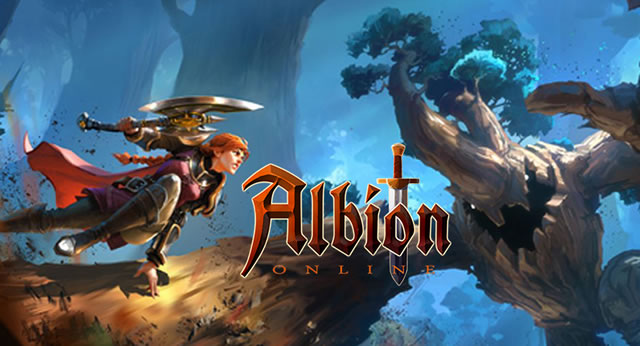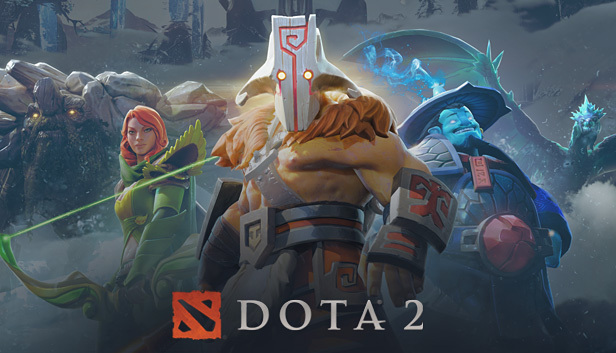Introduction
Since its debut in 2003, the Call of Duty (CoD) franchise has redefined first-person shooters across multiple platforms. With over 20 mainline titles, from World War II trenches to futuristic battling fields, CoD has shaped FPS design and competitive play. This in-depth, expertly crafted analysis covers the franchise's evolution, mechanics, narrative, competitive scene, monetization, community, and more, offering critical pros and cons along with professional ratings.
1. Origins and World War II Roots (2003–2008)
Call of Duty to Call of Duty 3
The original Call of Duty (Oct 29, 2003) introduced a gritty WW2 campaign perspective from American, British, and Soviet soldiers. Its sequel, Call of Duty 2 (Oct 25, 2005), refined visuals, AI, and regenerative health—becoming an early standard in console shooters . Call of Duty 3 (Nov 2006) solidified console dominance though it remained PC-inaccessible .
World at War & Zombies Debut
In November 2008, World at War revisited WW2 with intense realism and launched the immensely popular Nazi Zombies mode—a community and co-op staple.
2. The Modern Warfare Revolution (2007–2011)
Breaking into Modern Settings
Modern Warfare (Nov 6, 2007) reimagined warfare with a modern-day storyline featuring cinematic narratives and deep multiplayer options like perks and killstreaks .
MW2, Black Ops & MW3
Modern Warfare 2 (Nov 10, 2009) sold over 25 million copies and became a fan-favorite . Treyarch's Black Ops (Nov 9, 2010) took players into Cold War-era conspiracies, expanding Zombie modes. Modern Warfare 3 (Nov 8, 2011) closed the original MW trilogy with blockbuster spectacle and solid multiplayer.
3. Black Ops II and the Ascendance Era (2012–2014)
Black Ops II – Innovation Leader
Released Nov 2012, BO2 introduced branching storylines and futuristic settings. It dominated with advanced multiplayer elements like re-rollable killstreaks and futuristic loadouts .
Ghosts to Advanced Warfare
Subsequent titles like Ghosts (2013, 28.9M sales) and Advanced Warfare (2014 with its exosuited future combat) showcased experimentation while splitting fan reception.
4. Specialist Era and Humanoid vs Robot (2015–2017)
Black Ops III & Infinite Warfare
BO3 (Nov 2015) introduced character specialists and a fast-paced campaign, though PS3/Xbox 360 ports performed poorly . Infinite Warfare (2016) ventured into space combat, only to receive mixed reviews .
Return to WW2
CoD: WWII (Nov 3, 2017) reclaimed historical roots, delivering satisfying single-player campaigns and a divisional multiplayer system, with $500 M in revenue in its first three days.
5. Battle Royale, Mobile, and Reboots (2018–2020)
Blackout & Mobile Entry
Black Ops 4 (2018) introduced Blackout—a BR mode—while foregoing single-player, building groundwork for Warzone . CoD Mobile (Oct 1, 2019) smashed records with 500M downloads and $1B revenue.
Modern Warfare Reboot & Warzone
The 2019 Modern Warfare reboot revitalized multiplayer and launched Warzone (Mar 10, 2020), achieving 100M+ downloads.
6. Cold War, Vanguard, MW2 (2020–2022)
Black Ops Cold War & Vanguard
Black Ops Cold War (Nov 13, 2020) continued the Cold War narrative with mixed multiplayer response . Vanguard (Nov 5, 2021) revisited WW2, praised for campaign but criticized in multiplayer.
Modern Warfare II (2022)
Released Oct 28, 2022, this direct sequel enhanced AI, vehicles, and launched Warzone 2.0.
7. Black Ops 6 and Future Outlook (2024–2025)
Black Ops 6 Launch
Released Oct 25, 2024, BO6—the 21st CoD—introduces omni-directional movement and a Gulf War campaign. It also debuts simultaneous cross-platform beta testing.
Controversy & Black Ops 7
Its coverage of Saddam Hussein led to the Kuwait ban. Black Ops 7, scheduled for 2025, faces pressure to avoid repetitive content.
8. Gameplay Systems: Weapons, Movement & Modes
Weapon Tiers and Killstreaks
CoD constantly evolves firearms, gadgets, perks, and killstreaks across titles to balance fun and realism.
Movement Evolution
Movement progression—from boots-on-ground to boost jumps and omni-movement in BO6—reshapes pacing and map design.
Multiplayer Modes
Modes evolved from campaign and deathmatch to Zombies co-op, BR formats (Blackout, Warzone), and Clash Squad, keeping freshness alive.
9. Esports, Community & Monetization
Competitive Scene
Events like CWL and Warzone esports are thriving, attracting sponsors and viewership.
Monetization Trends
Season passes, battle passes, cosmetic skins, and paid weapons fuel revenue, though some players critique pay-to-win impressions.
Expert Ratings
| Feature | Score/5 |
|---|---|
| Campaign & Storytelling | 4.3 |
| Multiplayer & Balance | 4.4 |
| Innovation & Evolution | 4.2 |
| Technical Performance | 3.9 |
| Esports & Community | 4.5 |
| Overall Value | 4.3 |
Conclusion
Call of Duty stands tall as a genre-defining phenomenon. Its evolution from WWII dramatics to futuristic warfare and BR dominance illustrates adaptability and ambition. With hundreds of millions of players globally, CoD reshapes entertainment and esports. While criticism over annualized releases and geopolitics loom, the franchise endures, energized by innovation and community vigor.
After 20+ years, Call of Duty remains an FPS mainstay. Whether you're questing through gripping narratives, mastering PvP tactics, or building esports prowess, Call of Duty continues delivering blockbuster-level experiences across every battlefield future or past.





























